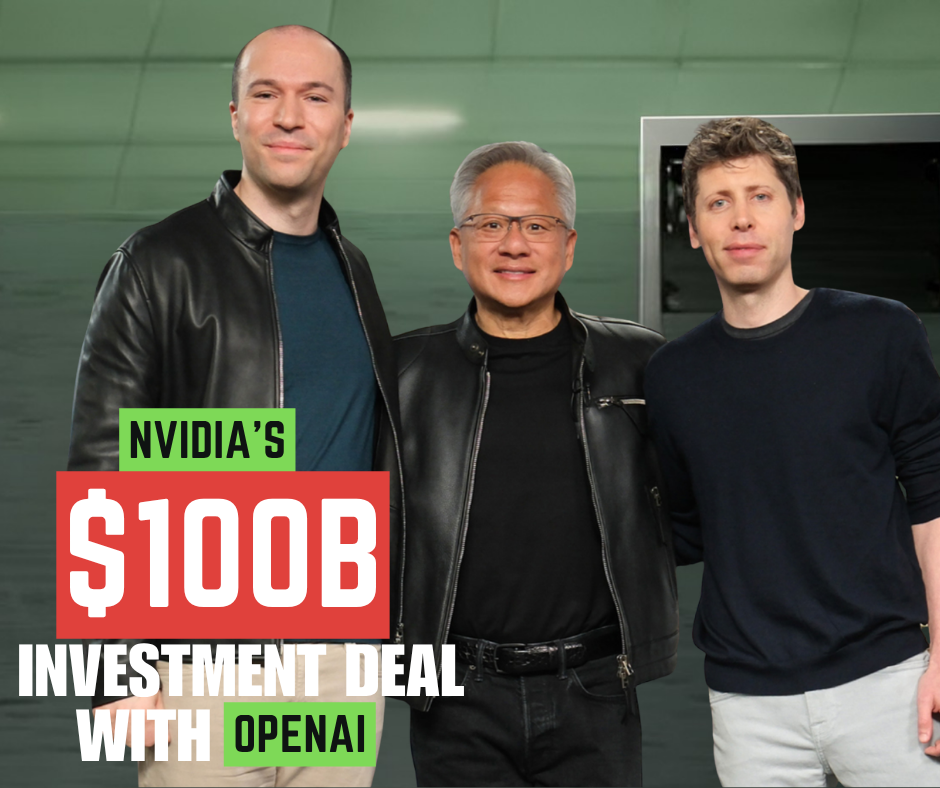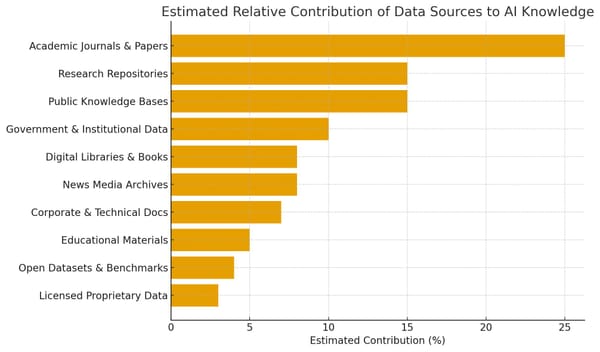OpenAI and NVIDIA join forces: a fact-based briefing on their landmark infrastructure deal

What was announced (the facts)
- Scope: A letter of intent between OpenAI and NVIDIA sets a goal for OpenAI to deploy at least 10 gigawatts of NVIDIA systems for its next-generation AI infrastructure. OpenAI+1
- Investment: NVIDIA said it intends to invest up to $100 billion in OpenAI over time, in staged amounts tied to deployment of the systems. NVIDIA Newsroom+1
- Timing & platform: The firms said the first gigawatt of systems is targeted for the second half of 2026, using NVIDIA’s new Vera Rubin platform. OpenAI+1
- Mechanics: Public reporting indicates the arrangement involves NVIDIA supplying data-center chips and investment potentially structured around hardware deployments; Reuters also noted aspects such as non-voting shares and chip purchase commitments in coverage of the announcement. Reuters
(These are the core, load-bearing facts reported in the companies’ announcements and by major news wires.) OpenAI+1
What the companies say the deal will do
OpenAI and NVIDIA described the partnership as both infrastructure supply (NVIDIA systems and GPUs) and strategic co-development (co-optimizing hardware and OpenAI’s model/infrastructure software). The companies framed the move as enabling the scale required for “next-generation” models and faster iteration between hardware and model design. NVIDIA Newsroom+1
Technical scale — how big is 10 GW?
When companies state “gigawatts” in this context they’re referring to the electrical capacity required to run data centers at large scale. Public materials and commentary around the announcement described the project as involving millions of GPUs across multiple datacenters (NVIDIA’s blog and allied reporting used that phrasing). Deploying 10 GW of active compute is unprecedented in the AI industry and implies very large numbers of GPUs, large datacenter builds and major power/procurement planning. NVIDIA Blog+1
Money, structure and market context
- The $100 billion figure from NVIDIA is framed as a staged investment tied to deployment milestones rather than a single upfront payment; Reuters and other outlets summarized that the deal includes chip supply commitments and investment tranches. Reuters+1
- The announcement also arrives in a context where OpenAI is actively securing enormous compute capacity; recent reporting shows OpenAI has been pursuing capacity diversification (for example, deals involving AMD chips were also reported in the market as OpenAI seeks to broaden suppliers). That context matters because it explains why firms hedge supply and negotiate multi-vendor strategies alongside fat-scale deals. MarketWatch+1
Practical and policy implications (reported concerns and realistic constraints)
- Energy & power: The scale of capacity announced raises obvious questions about electricity — delivering multi-gigawatts of continuous compute requires major grid access, new substation capacity, and long-term power contracts. Journalists and analysts immediately flagged access to electricity as a key constraint for ramping this kind of hardware. Business Insider
- Regulatory/antitrust scrutiny: Large, exclusive or near-exclusive supplier relationships in strategically important tech areas frequently draw regulatory attention; some coverage noted potential antitrust scrutiny because the tie between a dominant chip vendor and a leading AI developer concentrates supply and demand. Reuters and other outlets discussed those possible issues. Reuters
- Supply chain & vendor diversification: OpenAI’s parallel moves (reported AMD deployments and other procurement) indicate a desire to diversify supply even while signing a major arrangement with NVIDIA — a commercial reality in a tight GPU market. MarketWatch
Why it matters (concise)
- Scale acceleration: If realized, the deal would accelerate OpenAI’s access to raw compute — the limiting resource for training very large models. OpenAI
- Tighter hardware–software integration: Co-optimization could shorten the feedback loop between model design and hardware features, potentially improving efficiency and performance. NVIDIA Newsroom
- Market impact: The arrangement strengthens NVIDIA’s role at the center of the AI infrastructure stack and could reshape supplier dynamics for other AI players. NVIDIA Blog+1
What to watch next (concrete, dated indicators)
- Deployment milestones: whether the companies meet the stated target of first gigawatt in H2 2026. OpenAI
- Regulatory filings / antitrust reviews: any formal government scrutiny or filings that reveal conditions or changes to the deal. Reuters
- Power contracts / real-estate work: announcements of new data center sites or large power-purchase agreements tied to the project (these will indicate practical progress). Business Insider
Sources / further reading (selected)
- OpenAI announcement (company release). OpenAI
- NVIDIA newsroom & blog posts. NVIDIA Newsroom+1
- Reuters reporting summarizing deal structure and market reaction. Reuters
- Business Insider on energy and rollout challenges. Business Insider
- MarketWatch/coverage of OpenAI’s wider chip strategy (context on AMD and diversification). MarketWatch
Summary : OpenAI and NVIDIA announced a strategic letter of intent to build a multi-gigawatt AI infrastructure together: OpenAI will deploy at least 10 gigawatts of NVIDIA systems — reportedly representing millions of GPUs — and NVIDIA said it intends to invest up to $100 billion in OpenAI progressively as that capacity is brought online. The companies say the collaboration will co-optimize hardware and software roadmaps and begin with a first gigawatt targeted in the second half of 2026. OpenAI+1



